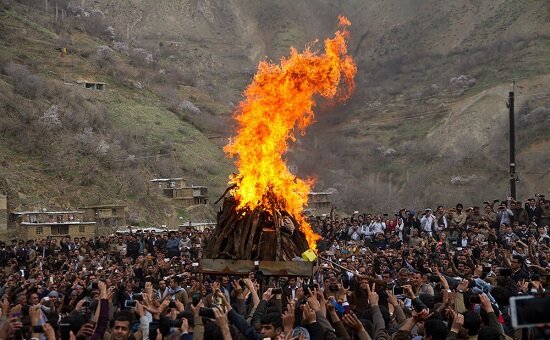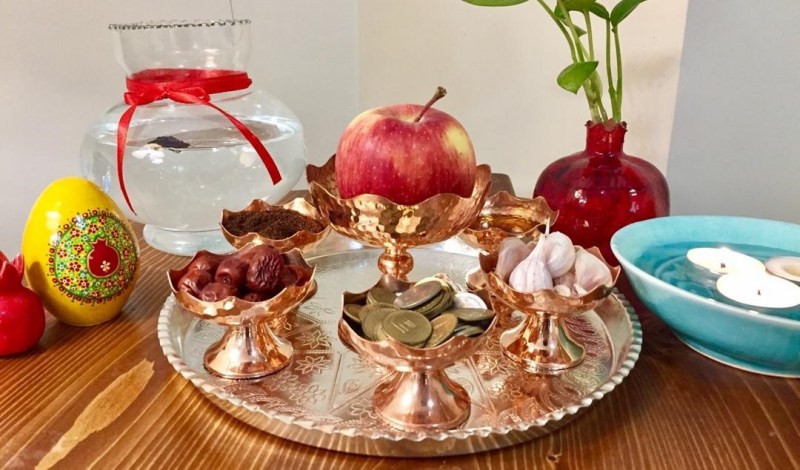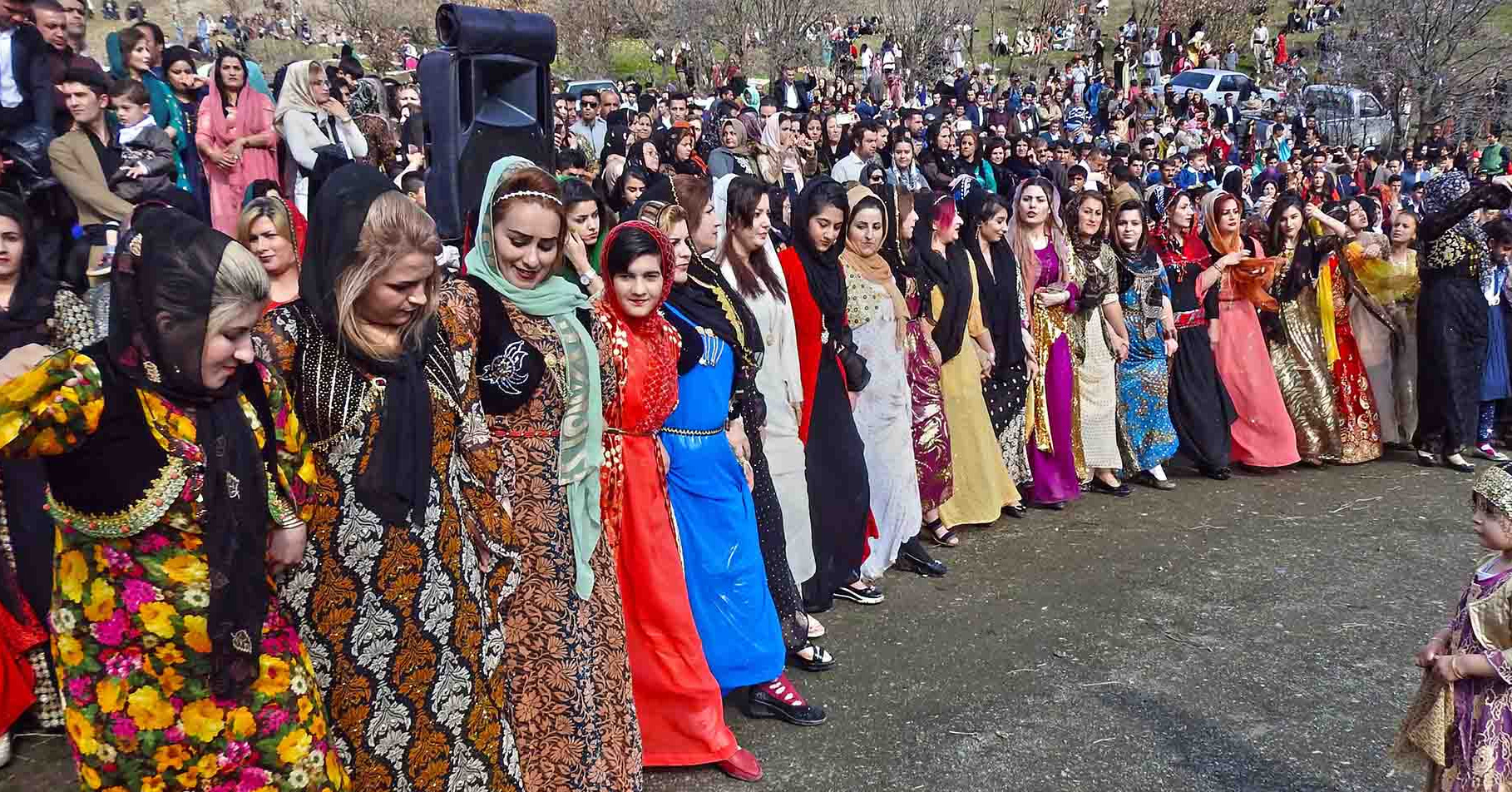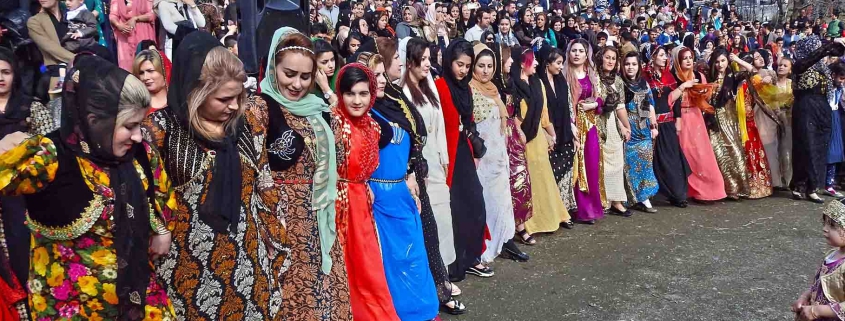Celebrating Nowruz in Kurdistan: A Journey Through Tradition and Unity
As spring breathes new life into the world, nowhere is the vibrancy and renewal of Nowruz felt more profoundly than in the heart of Iran’s Kurdistan. Nowruz, the Persian New Year, marks the first day of spring and the beginning of the year in the Iranian calendar. It’s a celebration deeply woven into the cultural fabric of the Kurdish people, symbolizing hope, renewal, and the eternal dance of the earth around the sun. In this article, we explore the unique traditions that make the Nowruz celebrations in Kurdistan a mesmerizing experience for both locals and visitors.
The Essence of Nowruz in Kurdistan
Nowruz, celebrated on the vernal equinox, transcends mere festivity; it is a testament to the endurance and richness of Kurdish culture. In Kurdistan, preparations for Nowruz begin weeks in advance, with households engaging in a thorough spring cleaning, known as “Khaneh Tekani,” to welcome the new year with purity and brightness. This ritual purification is emblematic of casting away the old year’s dust and misfortunes, making way for a fresh start.
The Fire Festivities of “Chaharshanbe Suri”
A pivotal component of the Nowruz celebrations in Kurdistan is “Chaharshanbe Suri,” a fire festival held on the eve of the last Wednesday before Nowruz. On this night, Kurds light bonfires and leap over them, chanting “zardi-ye man az toh, sorkhi-ye toh az man,” which translates to “my yellow is yours, your red is mine.” The act symbolizes the exchange of sickness and warmth, darkness, and energy, heralding the arrival of spring’s vitality. The streets come alive with music, dancing, and the communal joy of anticipation for the new year.

The Haft-Seen Table
Central to the Nowruz celebrations is the setting of the Haft-Seen table, a carefully arranged spread of seven items starting with the letter ‘S’ in Persian, each symbolizing a particular virtue or wish for the new year. In Kurdish households, the Haft-Seen includes items like Sabzeh (wheatgrass) for rebirth, Senjed (sweet fruit) for love, and Serkeh (vinegar) for patience, among others. This beautiful tradition is a reflection of the Kurdish people’s connection to nature and their aspirations for the coming year.

Nowruz Day and Nature’s Embrace
On the day of Nowruz, Kurdish families don traditional attire and gather to celebrate the exact moment of the vernal equinox, often in the heart of nature. They share special meals, exchange gifts, and recite poetry, embracing the beauty of their surroundings. One of the most cherished traditions is the picnic on the 13th day after Nowruz, known as “Sizdeh Bedar,” where families spend the day outdoors, symbolically sending away the thirteenth and its associated bad luck into nature.
The Cultural Tapestry of Kurdish Nowruz
Kurdistan’s Nowruz is not just a new year celebration; it’s a vibrant tapestry of ancient rituals, communal unity, and the enduring spirit of the Kurdish people. From the fiery dances of “Chaharshanbe Suri” to the serene moments spent in nature’s embrace, Nowruz in Kurdistan is a profound expression of life’s cyclical nature and the human connection to the earth.

Inviting the World to Experience Nowruz in Kurdistan
For travelers seeking an authentic cultural experience, Kurdistan’s Nowruz celebrations offer a unique glimpse into the heart of Kurdish traditions and hospitality. It’s an opportunity to partake in a centuries-old festival that goes beyond mere spectacle, offering insights into the values, hopes, and aspirations of the Kurdish people. As spring unfurls its promise across the landscapes of Iran, Kurdistan beckons to those wishing to experience the true essence of Nowruz, where every moment is a celebration of renewal, unity, and the indomitable spirit of life.




Leave a Reply
Want to join the discussion?Feel free to contribute!